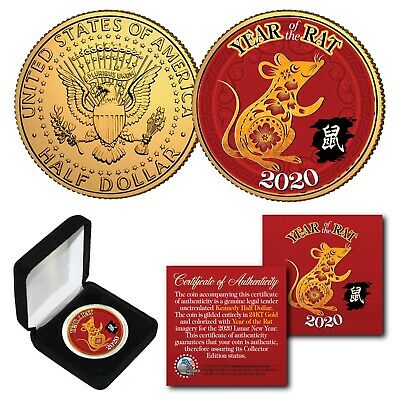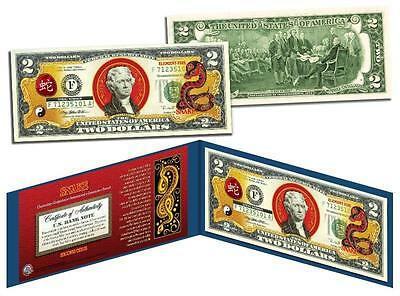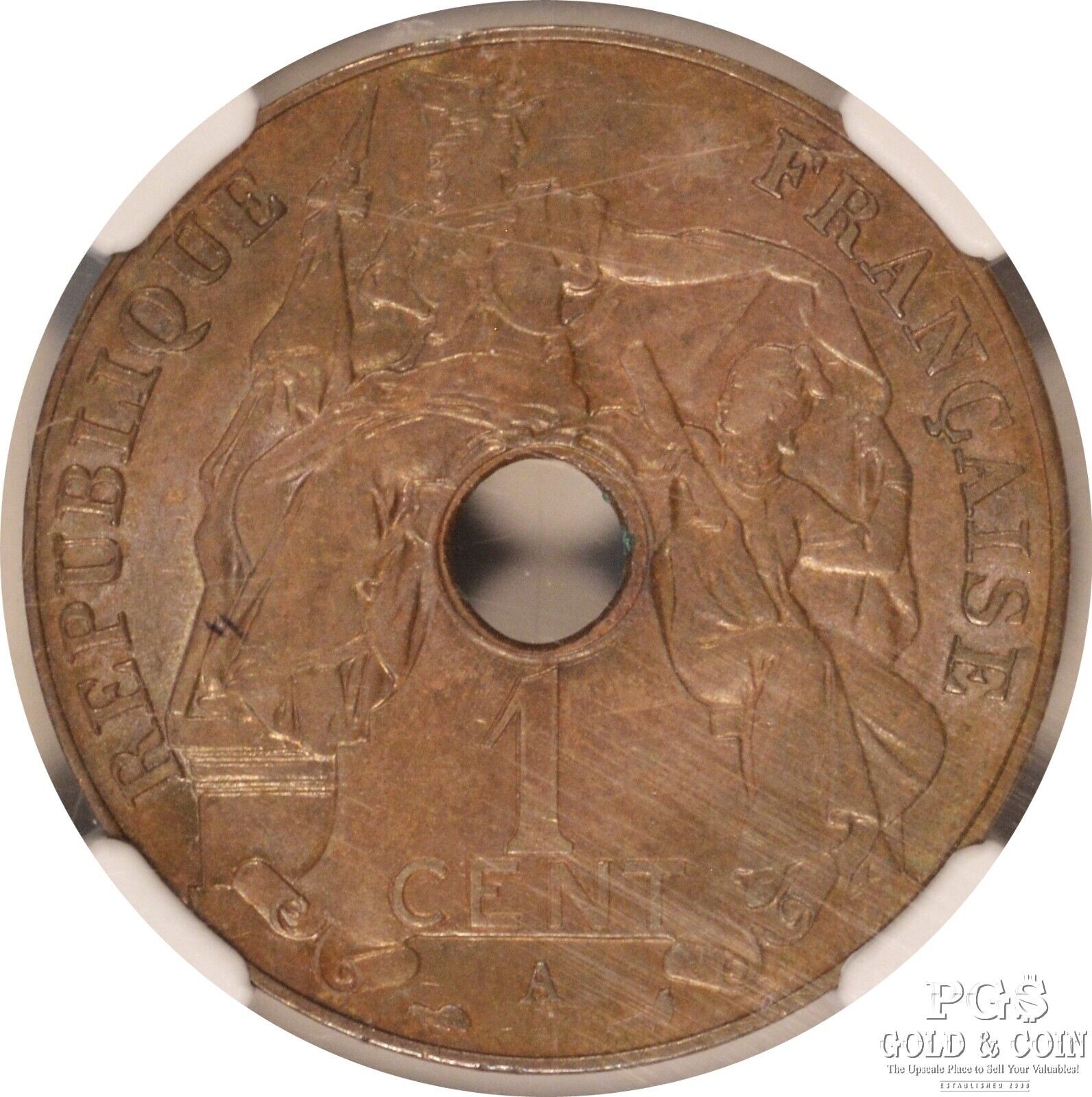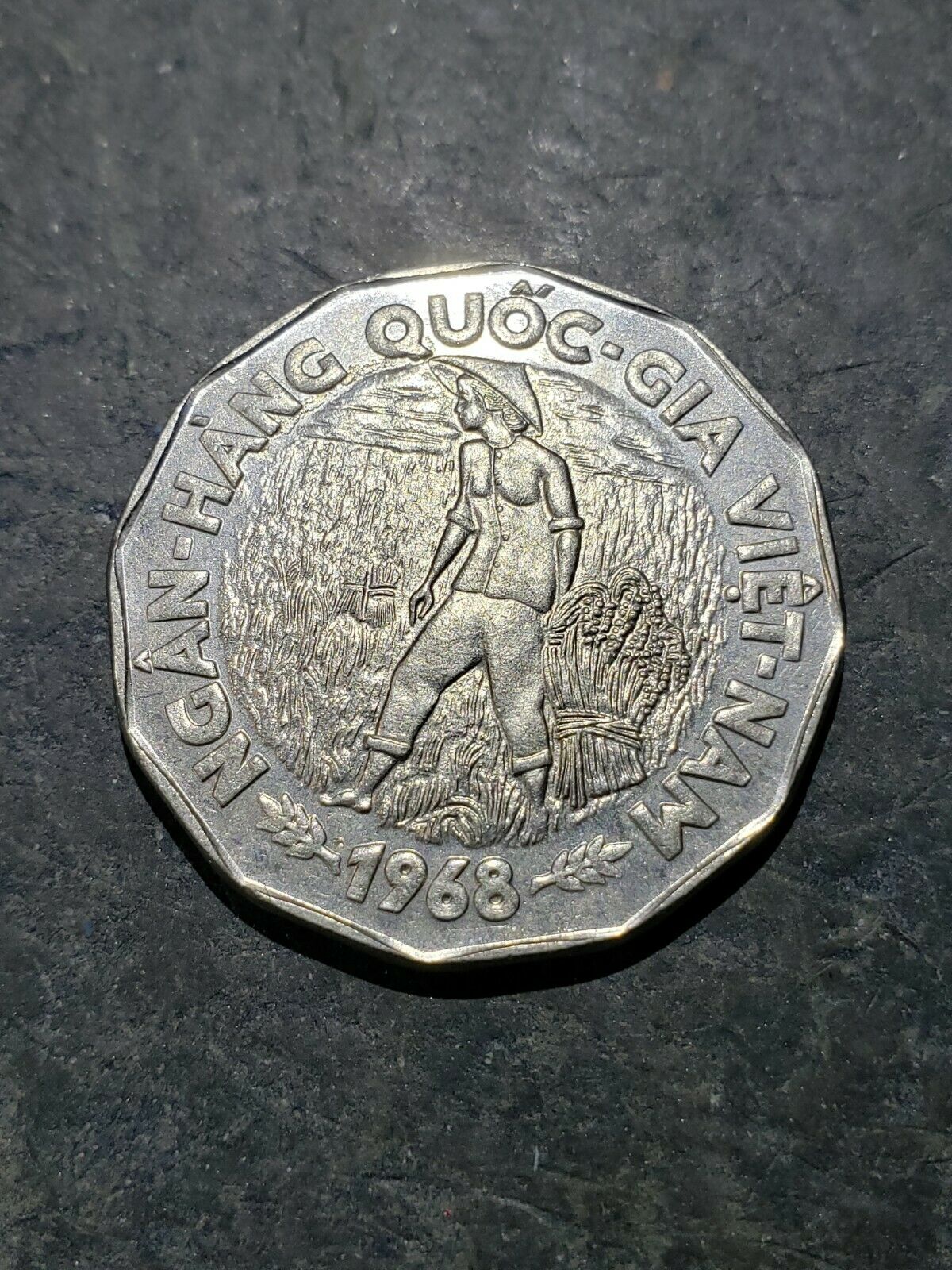-40%
Vietnam: , A Collection of 8 Coins ,Presentation Box Set, Certificate and Story
$ 60.3
- Description
- Size Guide
Description
Vietnam: , A Collection of 8 Coins ,Presentation Box Set, Certificate and Story Card.Image shows typical coins, not to scale.
To fully understand the Vietnam War, we must cast it in the proper historical context. Once a Chinese territory, Vietnam became independent in 939 CE and remained so until its colonization by the French in the mid-19th century. France divided Indochina into five protectorates: Cambodia, Laos, Cochinchina, Tonkin, and Annam—the last three comprising today’s Vietnam.-
-Years of harsh colonial rule made a strong impression on Ho Chi Minh, a member of the Socialist Party of France and one of the leaders of the Vietnamese nationalist movement that sprung up in the 1930s. Ho was a useful asset for the American OSS during the Second World War, when Indochina was occupied by the Japanese, and hoped that his service would be rewarded with his nation’s independence. This did not come to pass. After the war, President Truman returned Vietnam to the French. France held Indochina until its humiliating surrender to Ho’s forces at Dien Bien Phu in 1954. -
-The country was subsequently divided, with Ho’s Communists holding the northern provinces of Annam and Tonkin, and U.S.-backed strongman Ngo Dinh Diem establishing the Democratic State of South Viet Nam in Cochinchina. Washington perceived Ho as a Soviet puppet. If Vietnam fell to the Communists, the thinking went, there would be a ”domino effect,“ and the U.S.S.R. would control the entire region. Thus South Vietnam was to be defended at all costs. This hard-line position was U.S. foreign policy under Eisenhower, Kennedy, Johnson, and Nixon.-
-Ho did not see it that way. To him, nationalism trumped political ideology; the United States, like France before it, was nothing more than an agent of colonial oppression. As he would later explain: ”It was patriotism, not Communism, that inspired me.“ He wanted a unified country, as had been promised at the peace accord after Dien Bein Phu, and was willing to sacrifice whatever it took to get it. ”You will kill 10 of our men, and we will kill one of yours,“ Ho remarked, ”and in the end it will be you who tire of it.“-
-Ho’s prediction came true. The United States withdrew its troops from Vietnam in 1973, after fighting for more than a decade. All told, some 1.6 million human beings were killed in the Vietnam War, and millions more were injured or MIA. -
-Two years later, the Viet Cong took Saigon, the Southern capital. The North subsequently absorbed the South into the Socialist Republic of Viet Nam. Lê Du?n, who succeeded Ho Chi Minh after the latter’s death in 1969, imposed a Mao-style collectivist system that destroyed the economy and impoverished much of the country. The ideology was different, but the effect on the population the same as under French rule. Only in the 21st century, with the adoption of a more Western economic system, has Vietnam found its place as an ascendant nation.
-Certificate of Authenticity-
-The eight coins in this collection comprise a numismatic history of Vietnam, including during the Vietnam War.-
-Dynastic Vietnam, bronze cash, ca. 18th century-Uniface issues with square holes are similar in design to Chinese cash coins.-
-French Protectorate of Annam, copper 10 van, 1888-1907-Inscriptions: ”Thanh Thai Thong Bao“ and ”Thap Van“-
-French Indochina, bronze 1 cent, KM 12.1, 1922-Statue of Liberty and inscription ”Republique Française“ on obverse; reverse has Vietnamese symbols.-
-French Indochina (Vichy), aluminum 1 cent, KM 26, 1943-Center hole flanked by leafy sprays. Inscriptions: ”état Français“ and ”Indochine.“-
-Democratic State of Vietnam, aluminum 20 su, KM 2, 1953-One of first issues of Diem regime. Features conjoined busts of three legendary heroines: the Trung sisters and Lady Tri?u.-
-Republic of (South) Vietnam, nickel-clad steel 20 dong, KM 11, 1968-Large 29.6 mm coin issued in year of scuttled LBJ peace plan. Features farmer in rice paddy.--Republic of (South) Vietnam, aluminum 1 dong, KM 12, 1971-Shows rice stalks and the legend: tang gia san nuat luong thuc--Socialist Republic of Viet Nam, nickel-plated steel 200 dong, KM 71, 2003-Still in circulation. Features Communist coat of arms.
All coins in each set are protected in an archival capsule and beautifully displayed in a mahogany -like box.
The box set is accompanied with a story card, certificate of authenticity, and a black gift box.
You may return anything you get from me for a complete refund including shipping both ways on U.S.orders.
Over 23,000 positive feedbacks
ANA Platinum Member
NGC Member
All Items Ship Priority Mail.













